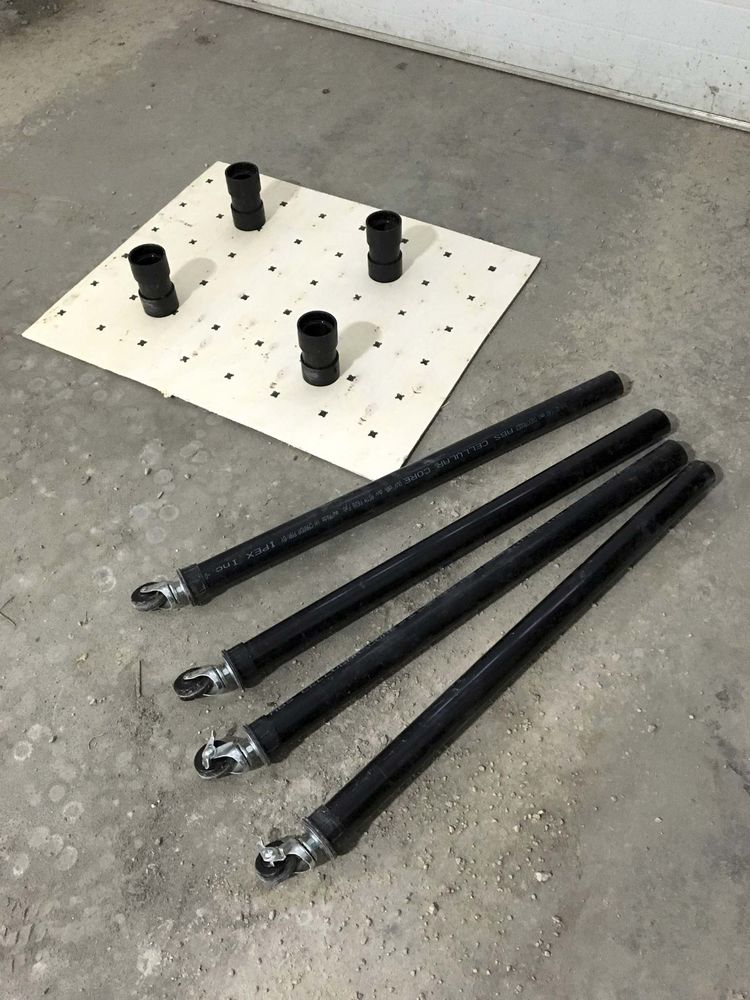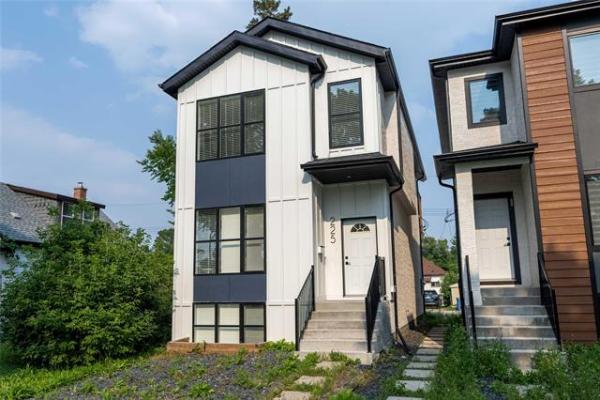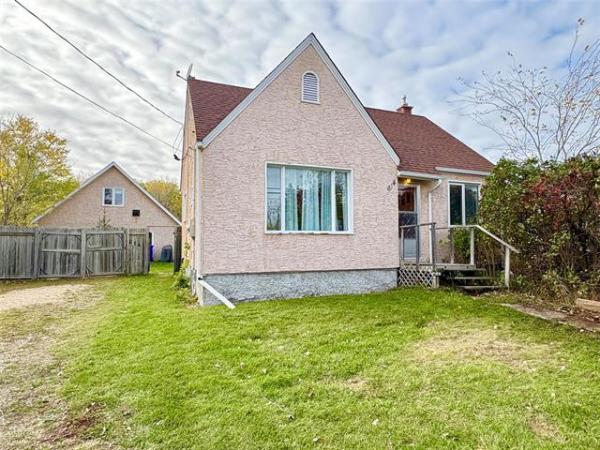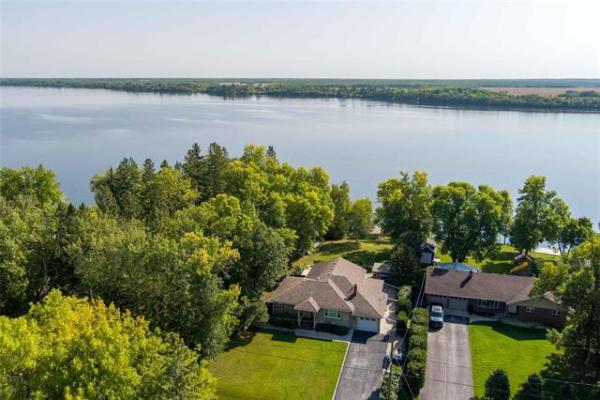
ABS pipe sections and castor wheels were used to increase the height of the mobile butcher block just enough to surpass the height of the kitchen island, and provide mobility.
Once a project has gotten underway, I’m sure every contractor has been asked by a client — "since you’re here, can you take a look at something else for me?"
If those contractors are like me, our willingness to lend a hand supersedes the inherent delays this simple request can create, potentially impeding the progress of the tasks at hand.
That being said, most requests are typically minor in nature. Perhaps the storm door piston won’t completely close the door and needs to be adjusted, the kitchen faucet doesn’t have enough pressure because the faucet’s filter may be clogged, a bedroom door won’t stay closed because the throw latch doesn’t line up with the strike and so on.
In the spirit of being helpful, tending to those requests can be easily achieved at the end of a workday, or sometimes immediately as the request is being presented — I am happy to oblige.
Once in a while, however, the request is slightly more involved and requires an in-depth discussion regarding the additional materials and labour necessary to satisfy the request.
One such project had been presented to me in passing, during a recent kitchen renovation and upgrade. While prepping the kitchen’s shell, and once the cupboards and island layout were established, my client voiced a desire to convert an existing butcher-block table into a smaller, mobile version of the butcher block that could glide along the topside of the impending mobile island.
We chatted for a few minutes, and the designing process began. Over the next few weeks, a series of sketches and refinements eventually procured a proficient design that recycles the majority of the existing table’s components.
The old table measured five feet long by three feet wide. The existing chrome cylinder legs are roughly 28 inches high, below a two-inch thick tabletop. My final design incorporates cutting the existing tabletop to a width of 20 inches, and a length that will overlap the width of the island just enough to allow for sufficient undermount guides on either side of the island countertop surface. There was more than enough existing tabletop from which to cut, and the new smaller butcher-block tabletop was cut to those specifications. Two guides were cut from the remnant areas of the unused tabletop, subsequently fastened to the underside at each end of the new butcher-block top. The main issue was the length of the existing legs — the island was at least six inches higher than the original table. Introducing mobility presented the other major challenge.
The flat plastic inserts that provide a buffer between the bottom of each chrome cylinder table leg and the floor were removed. A hole was drilled through the centre of these plastic inserts, and swivel caster wheels were fastened to each of them solving the mobility issue, as well as providing half of the extra height needed to slightly surpass the top of the island countertop.
To gain the remaining height, four 11/2-inch ABS pipe sections were cut accordingly, to serve as leg extensions. By inserting the ABS sections into each of the existing chrome cylinder legs, and once the castor wheels were then attached to lower end of each extension, the desired table height was achieved, allowing this new mobile butcher-block table to move freely above the island.
To prevent any unwanted movement once the butcher block was at a desired location, two of the castor wheels have quick-locks to stabilize the table. And lastly, two-inch ABS couplers glued to either end of short two-inch piping sections were fashioned as tiny decorative "leggings" and spray-painted white to hide where the castor wheels meet the ABS leg extensions and the lower edge of the chrome legs. The butcher-block tabletop was sanded and re-oiled using vegetable oil.
The next day, I brought the table back to the client for a trial run. It worked like a charm, and my client was thrilled.
The request to create a mobile butcher block from an existing table is definitely an atypical request. But, I do love a good challenge. Although many, many time-consuming tasks were achieved, and several hurdles and unforeseen obstacles were overcome during this massive kitchen upgrade, it is this little mobile butcher-block table that gave me the greatest joy to complete.
Not only was it an exercise in recycling, the result is exactly what the client had hoped for. And it doesn’t get any sweeter than that.
bossenterprise@outlook.com




